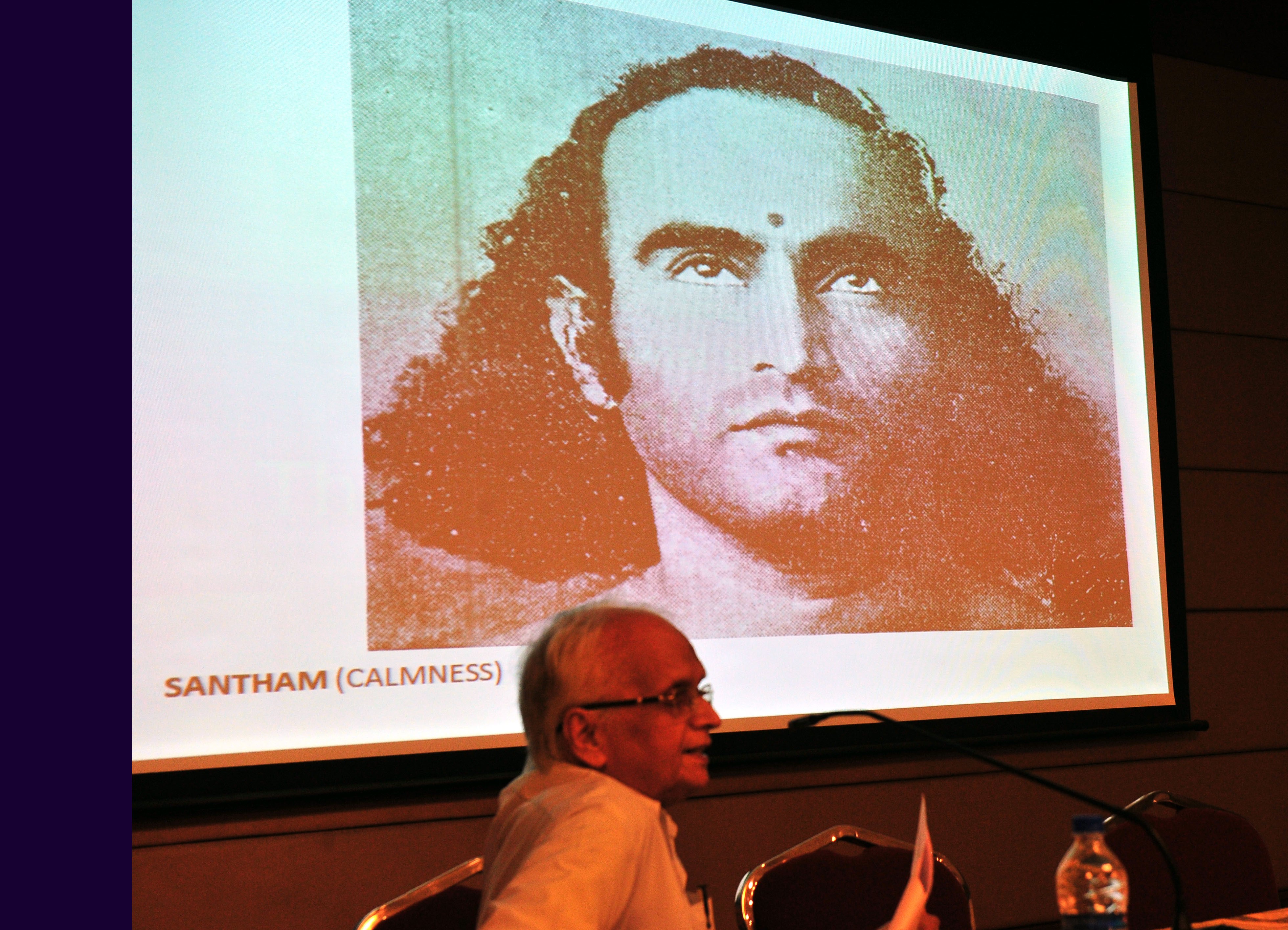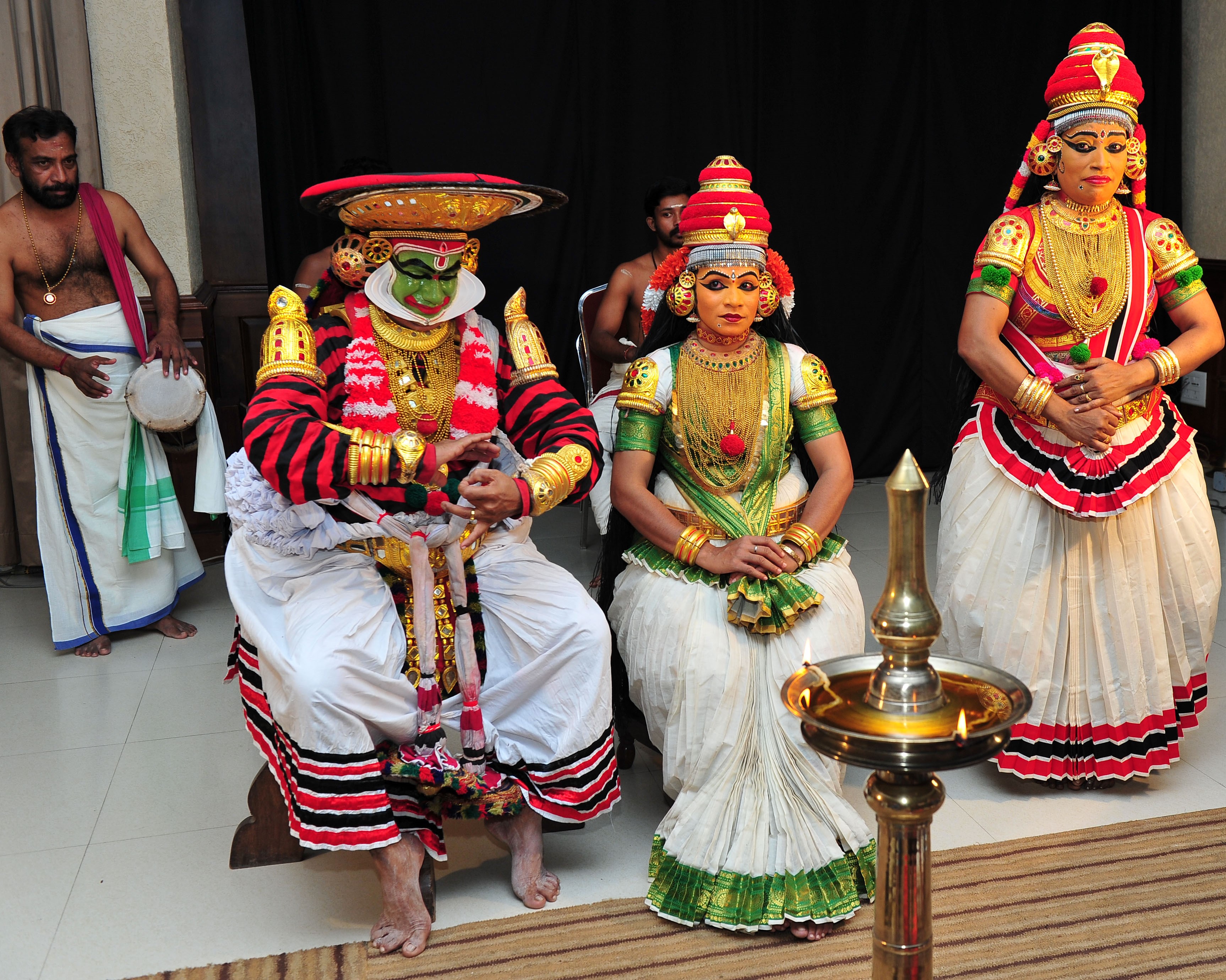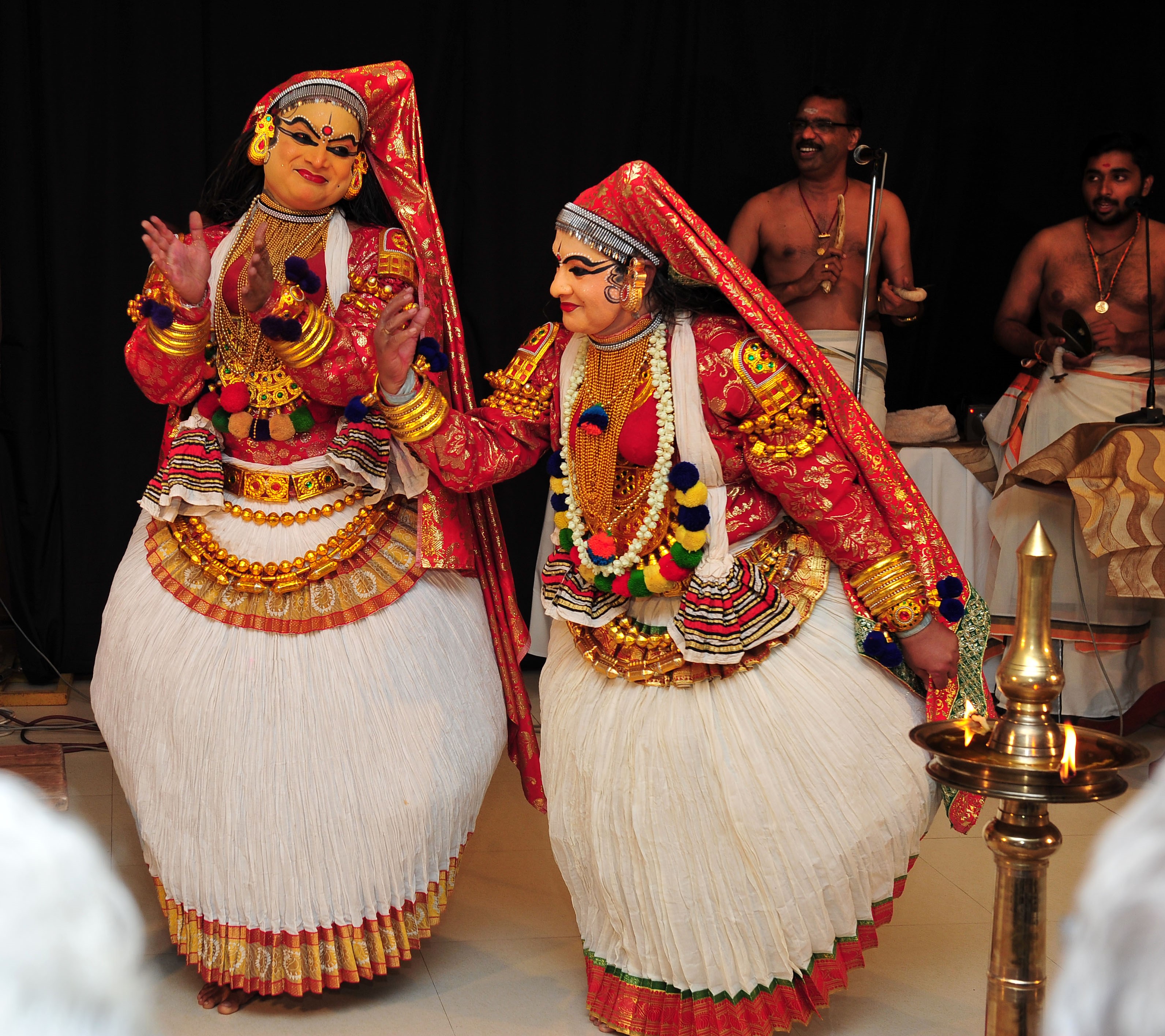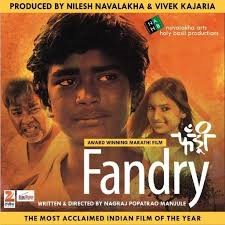This post by Professor Sneja Gunew is a slightly modified version of a guest editorial first published in a special issue of the journal Samyukta: A Journal of Gender and Culture brought out from Kerala, India, in January 2016. It is republished here with the kind permission of Dr. G. S. Jayasree and Dr. Sreedevi K. Nair, the editors of Samyukta, and the whole special issue is now available, open access, online. We are very grateful to Samyukta and to Professor Gunew for agreeing to this republication, allowing readers of the History of Emotions Blog access to this important work.
Researchers and scholars interested in potential future collaborations and events in this area are invited to contact Professor Gunew by email with responses and ideas: sneja.gunew@ubc.ca
 Sneja Gunew (FRSC) B.A. (Melbourne), M.A. (Toronto), Ph.D. (Newcastle, NSW) has taught in England, Australia and Canada. She has published widely on multicultural, postcolonial and feminist critical theory and is Professor Emerita of English and Women’s and Gender Studies at the University of British Columbia, Canada. She was Director of the Centre for Research in Women’s and Gender Studies (2002-7) and North American editor of Feminist Theory (Sage) 2006-10. She was Associate Principal of the College for Interdisciplinary Studies, UBC, 2008-11.
Sneja Gunew (FRSC) B.A. (Melbourne), M.A. (Toronto), Ph.D. (Newcastle, NSW) has taught in England, Australia and Canada. She has published widely on multicultural, postcolonial and feminist critical theory and is Professor Emerita of English and Women’s and Gender Studies at the University of British Columbia, Canada. She was Director of the Centre for Research in Women’s and Gender Studies (2002-7) and North American editor of Feminist Theory (Sage) 2006-10. She was Associate Principal of the College for Interdisciplinary Studies, UBC, 2008-11.
Her books include Framing Marginality: Multicultural Literary Studies (1994) and Haunted Nations: The Colonial Dimensions of Multiculturalisms (Routledge 2004). Based in Canada since 1993, her current work is on comparative multiculturalisms and diasporic literatures and their intersections with national and global cultural formations. Her forthcoming book is provisionally entitled: The World at Home: Post-Multicultural Writers as Cosmopolitan Mediators.
In November 2015, an international seminar on ‘Decolonising Theories of the Emotions’ was convened in Thiruvananthapuram under the auspices of the feminist journal Samyukta and the University of Kerala. This blog post is a version of the editorial for the special issue that attempts to give a sense of these rich and complex papers as well as the event that triggered them. But first a quick word about where and how the concept for the seminar arose.
This project began for me in 2006 when I convened a workshop, and finally conference, titled “Decolonizing Affect Theory”. Our loosely defined group was made up of colleagues and graduate students across the disciplines at the University of British Columbia. It led to a paper in the journal Concentric (Gunew 2009) based on these workshops. Over the years this essay has attracted quite a lot of comment and the theme and questions have continued to preoccupy me so that I suggested the topic of “Decolonizing Theories of the Emotions” to Professors Jayasree and Sreedevi Nair when they asked me to guest-edit a special issue of Samyukta. In the earlier workshop our group had examined contemporary traditions of Affect Theory and found them indebted to clinical psychology as well as psychoanalysis and more recently to the philosophy of Gilles Deleuze which introduced a new fluidity into conceptual apparatuses. However, because of the input of colleagues from cultural anthropology, for example, we also looked for alternative taxonomies to those deriving from European traditions and were particularly influenced by traditions emanating from India. I’ve been intrigued ever since to find out more about those different Indian approaches.
In preparation for this seminar I reached for a favourite text titled Vishnu on Freud’s Desk published by Oxford India in 1999. In it there was an essay by Jeffrey Masson compellingly titled “Sex and Yoga: Psychoanalysis and the Indian Religious Experience” which speaks to his disillusionment with much of institutional psychoanalysis. Masson was briefly the Director of the Freud Archives until he famously turned on psychoanalysis in his book Assault on Truth (1984). Masson was also a Sanskrit scholar and one wonders to what degree his Sanskrit studies were linked to his rejection, ultimately, of the psychoanalytic universe. (He did retain his respect for Freud as this essay demonstrates). The animating question for the initial workshop had been: To what extent can we think meaningfully about affect outside the concepts and terms of European psychoanalysis? We met over several months sharing our work and thoughts and finally held a two-day colloquium in which we came together with researchers from Australia, USA, and the U.K.[1] But the questions continued to resonate and the recent seminar was a way to engage once again with those same interrogations and while we retained an interest in the “affect debates” we also wanted to speak more broadly about what was entailed in conceptualising and historicizing the emotions more globally.
In my own ruminations over many years of attempting to understand ‘rasa’[2] I was often reminded of what Jean-Luc Nancy has called the problem of the ‘singular-plural’ (Nancy 2000) and this tension possibly also informs Homi Bhabha’s statement that adding to does not mean adding up (his distinction between the performative and pedagogical nation to be found in his last chapter of The Location of Culture (Bhabha 1994). The challenge lies in trying to keep these two contradictory concepts in balance without absorbing the one in the other. In relation to rasa, it isn’t really a matter of encountering aesthetic forms (theatre or books or music etc.) in order simply to be reminded of or put in touch with one’s own emotions and associated memories –that is only the first step. As I understand it after our seminar, it also involves having those emotions/affective states be de-personalised— the next step. In the western system we were taught that the catharsis we experienced in the theatre, for example, was supposed to ‘purge us of pity and terror’. There may be affinities with rasa in this respect but these would need to be disentangled with further scholarship and discussion. As Sanil argues concerning the theatre spectator, “He identifies with the emotion but not as its bearer. To make this possible he has to leave behind his personal and worldly concerns as he steps into the theatre.” Vikram Chandra’s recent Geek Sublime (a book ostensibly on computer coding) contains a wonderful description of how the process from bhava to rasa work, “So rasa––the word literally means ‘taste’ or ‘juice’ –– is not emotion (bhava); it is the aestheticized satisfaction or ‘sentiment’ of tasting artificially induced emotions (112).” Unlike contemporary western notions of empathy, it is not about stepping inside the shoes of another, nor of being reminded of one’s own emotions (as in mourning). In fact experiencing personal affect or emotion gets in the way of attaining rasa. “One might say that a certain psychical distance is necessary for rasa to be experienced. Rasa is sublime” (113). Finally Chandra maintains that the pleasure of rasa consists in enjoying consciousness itself (151). Rasa might also be associated with western notions of the sublime—a concept difficult to pin down and to keep separate from the domain of the religious, the latter being an element that Govind analyses as possibly constituting a premature foreclosure. There is a sense in which that heightened state can be perceived as religious (and that is the implication in B. Hariharan’s paper as well as V. S. Sharma’s and Srinivasa Murthy’s) but it can also be seen in light of the concepts of dhvani (indirect meaning) and ‘ataraxy’ (a state of serene calmness possibly deriving from the Epicurean philosophers) as discussed in Govind’s paper.
V. S. Sharma set out for us the traditional approach to the two thousand year history of Indian aesthetics. His account and that of Srinivasa Murthy provided robust reference points for the other papers that entered into conversation with this tradition. Equally, Vilashini Cooppan provided an inspiring history of affect as constructed by the ‘psy’ disciplines in Western discussions while Carolyn Pedwell honed in on the specific emotion of ‘empathy’ taking us through the ideological investments (certainly not all benign) in cultivating empathy. Sangeetha Menon brought together western and non-western theories in her overview of consciousness studies and the neurosciences and Sanil also looked at both western (Damasio) and Indian (Abhinavagupta) traditions in demonstrating that ‘negative’ emotions (humiliation) facilitate the formation of political ethics.[3] The questions Menon raises in her paper could generate a productive year of seminars:
How and why does brain activity generate emotions? Or does it? Are emotions evolutionary vestiges or enhancers of experience? Are feelings and emotions different, and do they have differing roles to play? Are there feelings that are not necessarily dependent on sensations? Can we have perceptions without feelings? Are feelings emergent properties of experience or are they discrete cognitive events? … Can feelings be considered as discrete cognitive events and understood within the framework of neuroscience? … How do emotions influence our cognitive capacities and rational processes?
As I stated in my summary at the end of the seminar, for me there were several distinct themes in the discussion:
- Codification
This is an issue that underpinned much of the discussion since our work speaks from and is informed by varieties of systems and theories which we have worked hard to acquire and which we hold dear. It is a question not so much of seeking for authenticity as of exploring the affective investments we have in such systems which sustain the whole edifice of scholarly enterprise (an issue address in Nikhil Govind’s paper). Indeed, as I was reading and editing the papers I kept thinking about “academic affect” and the ways in which this is an under-researched field. Academic affect played out across the seminar proceedings in various ways and permeated the papers in a different register. For example, the opening remarks in Vilashini Cooppan’s paper and her question as to whether a sari is “for thinking” made me recall as well Nigel Thrift’s comment that “affect is understood as a form of thinking” (Thrift, 60). To my knowledge Melissa Gregg’s study of affect in cultural studies is the closest we have to a study of academic affect (Gregg 2006).[4] Clearly further work in how affect structures our own scholarship would constitute a rich field for further investigation, another opening out of the topic.
It is clear that as scholars we are highly invested in generating taxonomies to provide a scaffolding for rational categorisation of what might generally be termed the non-rational or, perhaps more productively, what exceeds the rational. T R S Sharma’s paper deals with the contradictions involved in trying to conceptualise the non-rationality of emotions within a rational framework. And those taxonomies are often anchored in universalist assumptions. For example, V. S. Sharma’s eloquent summary of Indian aesthetic categories that opened the proceedings included several slides of a dancer displaying certain facial emotions. His comment was that these required no further explanation and for many members of the audience this may well have been true.

Image courtesy of Samyukta : A Journal of Gender & Culture
However for those of us outside a familiarity with those traditions the meanings were not clear at all. Listening to V. Sanil, Srinivasa Murthy, and B. Hariharan it seems as though there is a need to hold onto universals and yet this is difficult for many of the postcolonial theorists in the room since the notion of the universal has invariably been linked with the pernicious spread of European colonialism’s “civilising mission”. But as Sanil argues compellingly, “Universalisation is a process of desubjectivisation”. So one of the questions going forward is whether it is useful to hold onto some form of the universal within our parsing of the aesthetic?
- Corporealities
The referencing of the body was a constant refrain in all the discussions. The presence of corporeality, the materiality of actual bodies, was most directly registered in the various performances we were fortunate to have included in the seminar. On the first evening there was (to cite V. Priya) ‘Sitara Balakrishnan’s unforgettable staging of Radha’s heart-wrenching complaint in “Yaahi madhava” drawn from the Gitagovinda.’

Image courtesy of Samyukta : A Journal of Gender & Culture
On the second evening we had a Kudiyattam performance of Act 2 of Sakthibhadra’s Ascharyachoodamani: Surprpanakhankam where the drama, in B. Hariharan’s words, “focuses on the Pandavas’ confrontation, deforming of the rakshasi (demoness) Simhika and killing of her brother Kirmira”. (Unfortunately there were no photos of the fabulous demoness and her Madonnasque prosthetic breasts).

Image courtesy of Samyukta : A Journal of Gender & Culture
On the third evening we had the Kathakali performance of Usha Chitralekha enthusiastically mediated by B. Hariharan’s account in his paper emphasised the detailed training the actor undergoes. In this instance, the role of the unworldly young woman being instructed by her experienced servant are both played by men.

Image courtesy of Samyukta : A Journal of Gender & Culture
i. Performative
Theories of the performative (which in Western theory, most notably the work of Judith Butler based on J. L. Austin’s speech act theory, are often seen as the enactment or installation of the normative) may function as a site for change including change to theoretical frameworks. Traditions of disciplining bodies (including the bodies of the spectator as well as the performer, an issue addressed in B. Hariharan’s paper and by V. Priya) are often deeply conservative but it would be informative to untangle the affective investments they contain. How does the performative translate across different genres: dance, music, theatre, film and, literature? What might it mean to take into account the testimony and the scholarship of practitioners (such as women) who had hitherto been excluded from these aesthetic tradition? This was addressed movingly in V. Priya’s ‘Afterword’ to the essays. While much discussion ensued concerning the performance traditions relevant to the Keralam context within which the discussions were taking place the performative was also present in literary analyses presented in the papers. What might it mean to consider the body of the violated  Dalit woman in terms other than always–already signifying caste violence, (K. Keshavamurthy’s paper)?
Dalit woman in terms other than always–already signifying caste violence, (K. Keshavamurthy’s paper)?
How might the invocation of empathy in texts by Jamaica Kincaid or Aminatta Forna, as discussed in Pedwell’s paper, evoke a complex set of emotional responses in specific readers? This was something that also came into play in Sanil’s reference to a negative emotion, humiliation, in his discussion of the contemporary film Fandry.
ii. Trauma.
Indeed the idea of negative emotions came up quite a lot in the discussions ranging from Carolyn Pedwell’s analysis of the ways in which empathy could reinforce negative colonial stereotypes of prematurely knowing the colonized ‘other’ to Sanil’s complex analysis of ‘humiliation’ as an example of the ways in which emotions need to be de-personalised, de-subjectivised, in order for us to understand their role in the political. Vilashini Cooppan summarises some of the debates in western discussions of trauma while Dina Al-Kassim’s paper on Genet and Darwish deals specifically with the ongoing Palestinian trauma but contemplates not so much a negative emotion as dwelling on the concept of revolutionary joy. Al-Kassim invokes a theory of affect that creates solidarity through what she terms a ‘recognition’ created through affinities and modes of attunement that transcend the personal. K. Keshavamurthy’s paper on the Dalit writer P. Sivakamy focused on the inter-caste violence to which Dalits are regularly exposed but also pointed to the question concerning the dubious political expediency of repeatedly subsuming sexual violence into inter-caste violence. The Dalit protagonist of P. Sivakamy’ first novel cannot, it seems, be construed as being violated as a sexual being rather than (as well as?) a caste being. Trauma is differently conceived in Margery Fee’s provocative paper on extinction affect—an affective domain that proliferates in the growing field of eco-criticism—that argues for the need to pay attention to the discrete structures of Indigenous knowledges that should not simply be appropriated by dominant knowledge systems.
- Translation
At the seminar itself there was considerable poignancy (and frustration) in listening to Dr. Usha Nangiar’s lecture in Malayalam on the Kudiyattam tradition.
As someone who was not born into the English language and have spent many decades making a virtue of forging an unhomely or provisional home within it I was very aware of the affective saturation experienced by the majority of the participants at the seminar in two and a half days of functioning in a foreign language. The juxtapositioning of several language systems was a palpable and welcome presence in the seminar. That was another of the ways in which the corporeal was a consistent theme in the seminar.
What kind of translation models were presented to us? Carolyn Pedwell suggested translations that should ideally retain a sense of the foreign, to attain the state of (following Venuti) ‘dissident translation’. Vilashini Cooppan demonstrated how Amitav Ghosh’s text The Hungry Tide incorporated a multilingualism within its English monolingualism. A model for me is Chantal Wright’s translation into English of the German Japanese writer Yoko Tawada’s story “Portrait of a Tongue” produced in two columns on the page. On the left is the ‘standard’ translation and on the right Wright both comments on and interrogates her own choices and Tawada’s initial choices in the German (Tawada 2013). There was also the question of translations between disciplines— Sangeetha Menon’s paper concerning the uneasy conversations between the neurosciences and the humanities (or cultural studies) in relation to theories of the emotions was an important reminder of this growing collaborative field.
There is also the theme of what I termed ‘ecologies of language’—where we pay particular attention to the cognitive dimensions of metaphor or figurative language in general. How do we represent ‘silence’ or ‘ataraxy’ (for example in Govind’s paper)—as desolation or as serenity and accommodation? As well, what does one do with the bewildering textual excesses and over-determinations described in many of the papers that suggest a representational (and possibly ideological) system in crisis? Metaphors create parallel hermeneutic systems—the rhizomatic network (Cooppan); the surprisingly resilient flowers of revolutionary joy (Al-Kassim); the hunt as a site that brings together a variety of approaches to theories of the emotions (Sanil); the Indigenous dissolution of ‘Nature’ as a sphere separate from the human: Inuit and other Indigenous knowledge systems alluded to by Fee where “an epistemological shift from an anthropocentric worldview to a non-anthropocentric one, similar to those widespread among Indigenous cultures world-wide”, help us comprehend the ways in which emotions and affect are a form of thinking –– one that we need to learn to trust as a valid form of knowledge.
What was certainly clear from the seminar is that there is no clear-cut divide between ‘Western’ and ‘Indian’ theories of the emotions since many of the papers referred to overlapping theories and theorists. As Sanil cautioned us,
The contemporary revivalist tendencies in Indian theory demand extreme vigilance from western decolonisers and their Indian comrades. For example, the rasa theory of Abhinavaguta is an obvious choice for those who look towards Indian ideas on emotion to decolonize western theories of emotion. However, we now hear that Rashtriya Swayam Sevak Sangh (RSS) the Hindu nationalist organization, has decided to celebrate Abhinavagupta as part of its cultural and political maneuvering in Kashmir (Pathak). RSS glorifies the brahminical image of the past and legitimizes caste. Should we here appeal to the western binary between thought and its context and isolate the thought of Abhinavagupta from its political appropriations? How do we respond to the humiliation of the Dalits that may be worsened by the brahminical appropriation and denigration of their emotional universe?’
And as Govind suggested:
it is all the more imperative to read the Sanskritic tradition as incomplete, as textually open, rather than as a fixed list of rasas. The minutiae of reading is not merely an example of a pre-formulated theoreticism, but rather the desire to keep open the ever more minute phenomenology of reading (where the experience of reading stands metonymically for the richness of a perceptual world), where one does seek both transcendence and immersion.
And as V. Priya reminds us, “If the past is to be thought of as no longer a singular monochromatic entity and heritage itself a matter of selection, articulation and repetition, how does one make space for a political reactivation of the archive now attempted in order to decolonize western theories of emotions?” What one can say, in general terms, is that Western scholars need to become more informed about and to engage with traditions in Indian philosophy and aesthetics and the hope is that this special issue will facilitate that project. As I was finishing the editorial work on the special issue, fortuitously, the latest issue of the PMLA arrived. It was a special issue on the ‘Emotions’ and included a contribution by Vinay Dharwadker, “Emotion in Motion: The Natyashastra, Darwin, and Affect Theory” (Dharwadker). Clearly our seminar had tapped into the Zeitgeist and such comparative work is beginning to gather pace—we certainly hope this is the case.
Heartfelt thanks to Professors Jayasree and Sreedevi, to the Centre for Women’s Studies and Samyukta at the University of Kerala. Particular thanks and appreciation as well to the two moderators: Dr. S. Divya and Ms Farah Zachariah and to V. Priya who provided an elegant and eloquent ‘Afterword’ to the special issue at very short notice.
Researchers and scholars interested in potential future collaborations and events in this area are invited to contact Professor Gunew by email with responses and ideas: sneja.gunew@ubc.ca
Notes
[1] The workshop and symposium were captured in a DVD titled Feeling Multicultural: Decolonizing Affect Theory Colloquium, 2007, Centre for Women’s and Gender Studies, University of British Columbia (now the Institute for Gender, Race, Sexuality, and Social Justice: GRSJ).
[2] I am indebted here to my colleague at the University of British Columbia, the Sanskrit scholar, Professor Emerita Mandakranta Bose whose list of rasa/bhava categories forms the appendix to Gunew 2009. See also Bose and Bose, 2013.
[3] After his compelling account many of us sought out the film Fandry (dir. Nagraj Manjule, 2013 ) as I did via Netflix.
[4] Gregg went on to co-edit the highly influential Affect Theory Reader (Gregg and Seigworth 2010).
References
Bhabha, H. (1994) The Location of Culture. London: Routledge.
Bose, M. and Bose, S. P. (2013) A Woman’s Ramayana. Translated with an Introduction and Notes. London: Routledge.
Chandra, V. (2013) Geek Sublime: Writing Fiction, Coding Software. London: Faber.
Dharwadker, V. (2015) “The Natyashastra, Darwin, and Affect Theory.” PMLA Vol. 130, no. 5, Oct.: 1381-1404.
Gregg, M. (2006) Cultural Studies’ Affective Voices. Basingstoke, UK: Palgrave Macmillan.
Gregg, M. and Seigworth, G. J. (2010) (eds.) The Affect Theory Reader, Durham, N.C: Duke University Press.
Gunew, S. (2009) “Subaltern Empathy: Beyond European Categories in Affect Theory.” Concentric: Literary and Cultural Studies, 35.1, March: 11-30.
Masson, J. M. (1985) Assault on Truth: Freud’s Suppression of the Seduction Theory. New York: Penguin Books.
——. (1999) “Sex and Yoga: Psychoanalysis and the Indian Religious Experience.” In T. G. Vaidyanathan & J. J. Kripal (eds.) Vishnu on Freud’s Desk: A Reader In Psychoanalysis and Hinduism. Oxford: Oxford University Press, India. 235-249.
Nancy, J-L. (2000) Being Singular Plural. Trans. R. D. Richardson & A. E. O’Byrne. Stanford: Stanford UP.
Tawada, Y. (2013) Portrait of a Tongue: An Experimental Translation. Trans. Chantal Wright. Ottawa: University of Ottawa Press.
Thrift, N. “Intensities of Feeling: Towards a Spatial Politics of Affect.” Geografiska Annaler 86B.1 (2004): 57-78.

Pingback: History of Emotions Blog Round-Up: January to July 2016 | The History of Emotions Blog